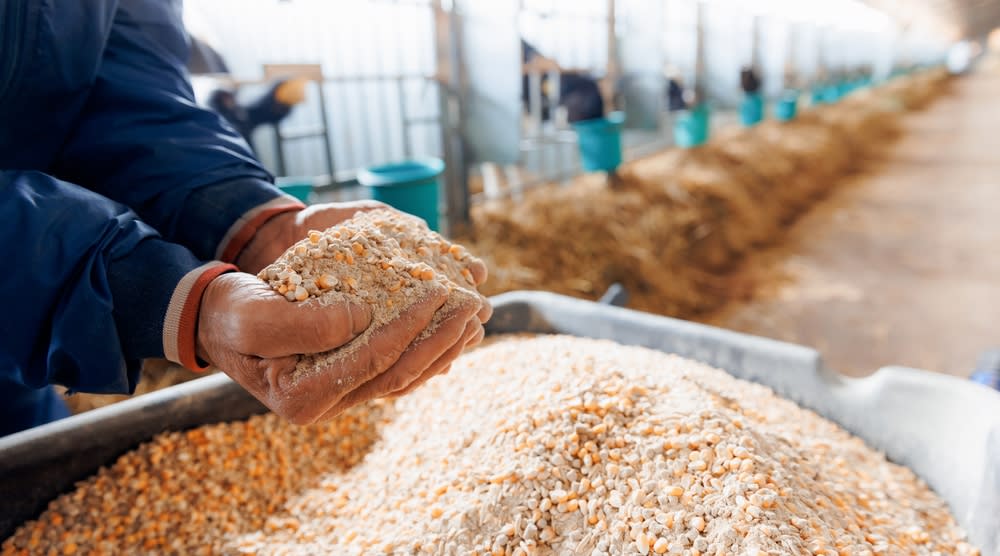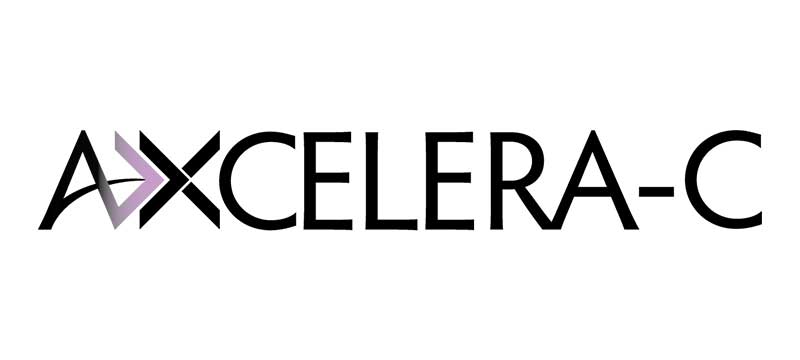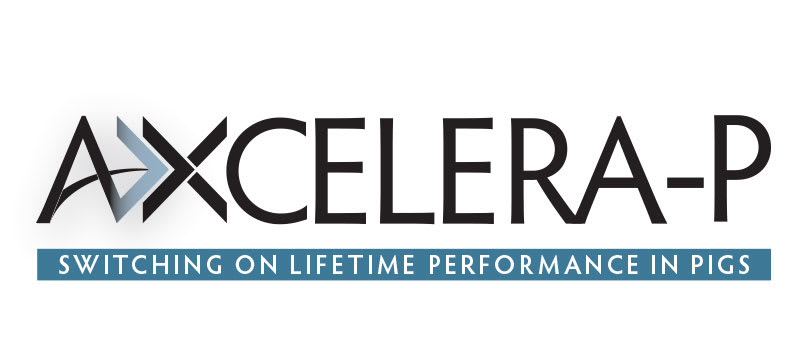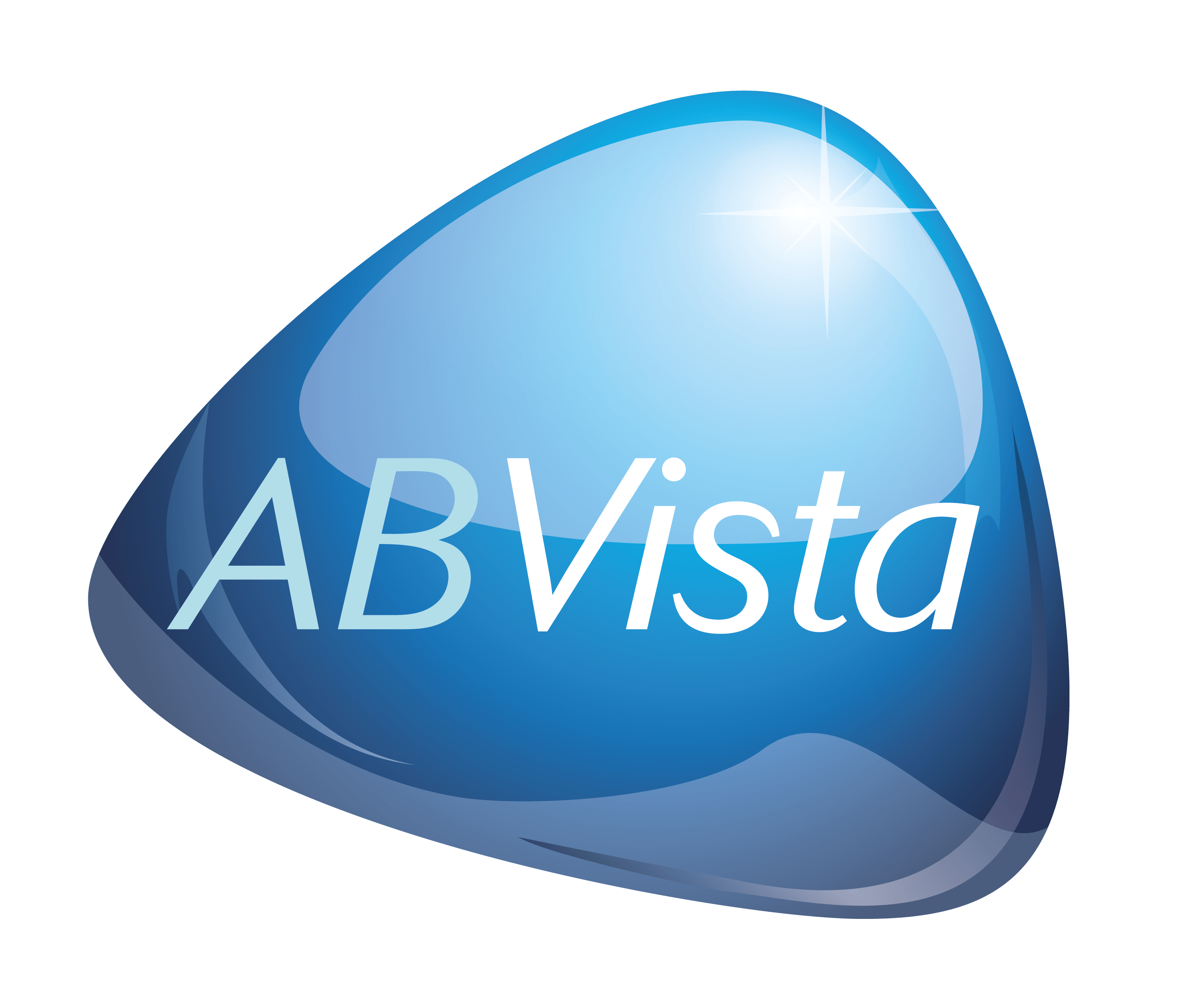Enzymes through the ages: rethinking their use in animal nutrition
Published Tuesday, 15th July 2025
The use of enzymes in monogastric animal nutrition has evolved considerably over the past four decades. What initially began in Finland in 1984 as a solution to increase nutrient availability from barley rations has since blossomed into a billion-dollar global industry. For animal nutritionists and farmers, the adoption of fibre-degrading enzymes and phytase has played a central role in improving feed efficiency, reducing environmental impacts, and unlocking new nutritional strategies. However, despite these advances, it’s arguable that scientific dogma has slowed down the innovation process, and that phytases has in fact a lot more to offer.
A quick history of enzymes
The initial use of non-starch polysaccharide-degrading enzymes (NSPases), particularly β-glucanases, in the early 1980s was primarily aimed at reducing viscosity in barley-based diets. This small-scale innovation enabled barley, a grain previously regarded as nutritionally inferior due to its high fibre content, to be used more effectively in monogastric diets. By the late 1980s and 1990s, enzyme use expanded into wheat and corn-based diets, supported by growing research into xylanases and other NSP-degrading enzymes. These enzymes were not only found to improve nutrient digestibility, but also to improve gut health and protein utilisation.
Phytase, on the other hand, found its footing in the early 1990s, driven not by nutritional goals but by regulatory pressure. Regions like the Netherlands and Northern Germany faced strict environmental controls on phosphorus output due to water contamination from animal manure; without phytase, animal agriculture in these regions risked becoming unsustainable. The increased release of available phosphorus due to phytase was good news for both the economy and the environment and its use expanded rapidly worldwide, especially after the 2007 phosphate crisis, when rising phosphate prices drove a surge in phytase adoption.
Scientific paradigms and the cost of dogma
While enzyme adoption has grown steadily, some in the field argue that accepted scientific belief has stifled unlocking phytase’s full potential. The focus on select measurable outcomes e.g., phosphorus availability or fibre viscosity, has led to a reductionist view of enzyme function, meaning enzyme use has often been optimised for compliance or cost savings, rather than fully explored for its full biological or metabolic benefits.
For example, commercial use of phytase today primarily targets only the higher phytate esters (from inositol hexaphosphate, IP6 to IP3) leaving lower esters (IP2 and IP1) untouched. Yet, growing evidence suggests that full phytate degradation, including conversion to inositol by removing all six phosphate groups, may offer significant metabolic advantages such as improved protein digestibility, immune function, and oxygen transport in rapidly growing birds. In some regions, especially those with high altitude for example, incomplete oxygenation has been linked to biological challenges such as woody breast myopathy, ascites and femoral head necrosis. In cases like these, enhanced red blood cell function as a result of greater inositol availability due to more complete phytate breakdown, could have improved welfare and performance benefits.
Similarly, NSPases have often been treated as interchangeable tools for reducing intestinal viscosity or breaking down cell walls, but their full potential remains underexplored. Differentiating between prebiotic, stimbiotic, and structural roles requires a deeper understanding of enzyme-substrate interactions and how oligosaccharide generation may influence the microbiome and intestinal health. The question of optimal oligosaccharide types, eg xylans, mannans, glucans, or combinations thereof, also remains open, with dose response and molecular structure playing crucial roles.
Enzymes are not commodities
There is a persistent perception in the industry that enzymes, particularly phytases and NSPases, are commoditised and homogenous additives, similar to amino acids – but this view simplifies the potential of enzyme use and performance that arguably varies between host organisms. In reality, enzymes vary significantly in their thermostability, gastric and small intestinal stability, and Km value, and these differences have big effects on where and how they act in the digestive tract, and what substrates they are capable of processing.
The untapped potential of phytase
Looking ahead, a growing body of research supports the argument for ‘superdosing’ phytase, not merely to release more phosphorus, but to harness its metabolic effects. There is a clear opportunity to focus on the complete ‘dephytinisation’ of the diet as a strategy to elevate phytase application and reap benefits that go far beyond just the mineral value – harnessing its power as an inositol generator.
Full conversion of IP6 to IP1 releases more inositol into the blood, with research suggesting this could enhance efficiency of use of amino acids, muscle protein synthesis, oxygenation, and antioxidant capacity. This could be especially valuable in broilers with rapid growth rates, where cardiac and respiratory limitations can emerge as bottlenecks to performance and welfare. Other benefits include better welfare, meat quality and more efficient growth.
At the same time, NSPases may be re-evaluated not just for their effect on digestibility but for their ability to modulate gut fermentation, microbiota composition, and inflammatory responses. The notion of stimbiotics, where small, specific oligosaccharides trigger beneficial microbial responses without bulk fermentation, points to an emerging frontier in functional feed additives.
Moving beyond the status quo
It is clear that phytases and NSPases are not finished technologies as traditional use reflects only a fraction of their potential. Revisiting assumptions, refining dosing models, and expanding our understanding of enzyme-microbe-host interactions could dramatically reshape their role in feed formulation. Therefore, the opportunity to invest in understanding the full value of these additives is more apparent than ever – not just to optimise cost and compliance, but to enhance health, welfare and sustainability in animal agriculture.
Latest news
Stay ahead with the latest news, ideas and events.

Online Feed Fibre Calculator
Calculate the percentage of dietary fibre in your feed
Our calculator is designed for nutritionists and uses averages of global raw materials to calculate the dietary fibre content (plus other more in-depth fibre parameters) of finished animal feed. These parameters are available within AB Vista’s Dietary Fibre analysis service (part of our NIR service).
Sign up for AB Vista news
A regular summary of our key stories sent straight to your inbox.
SUBSCRIBE© AB Vista. All rights reserved 2025
Website T&Cs Privacy & Cookie Policy Terms & Conditions of Sale University IDC policy Speak Up Policy
























